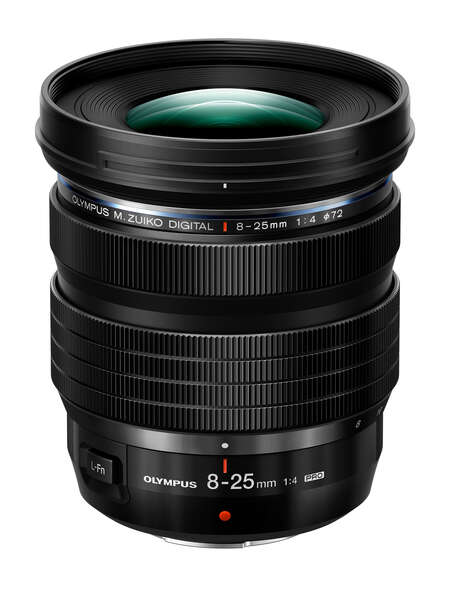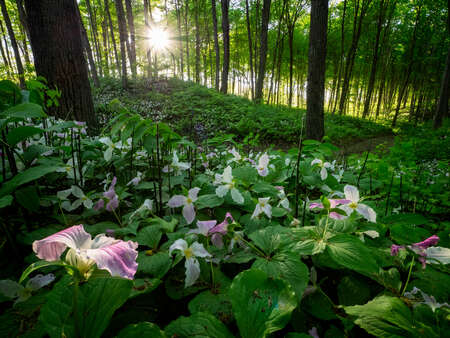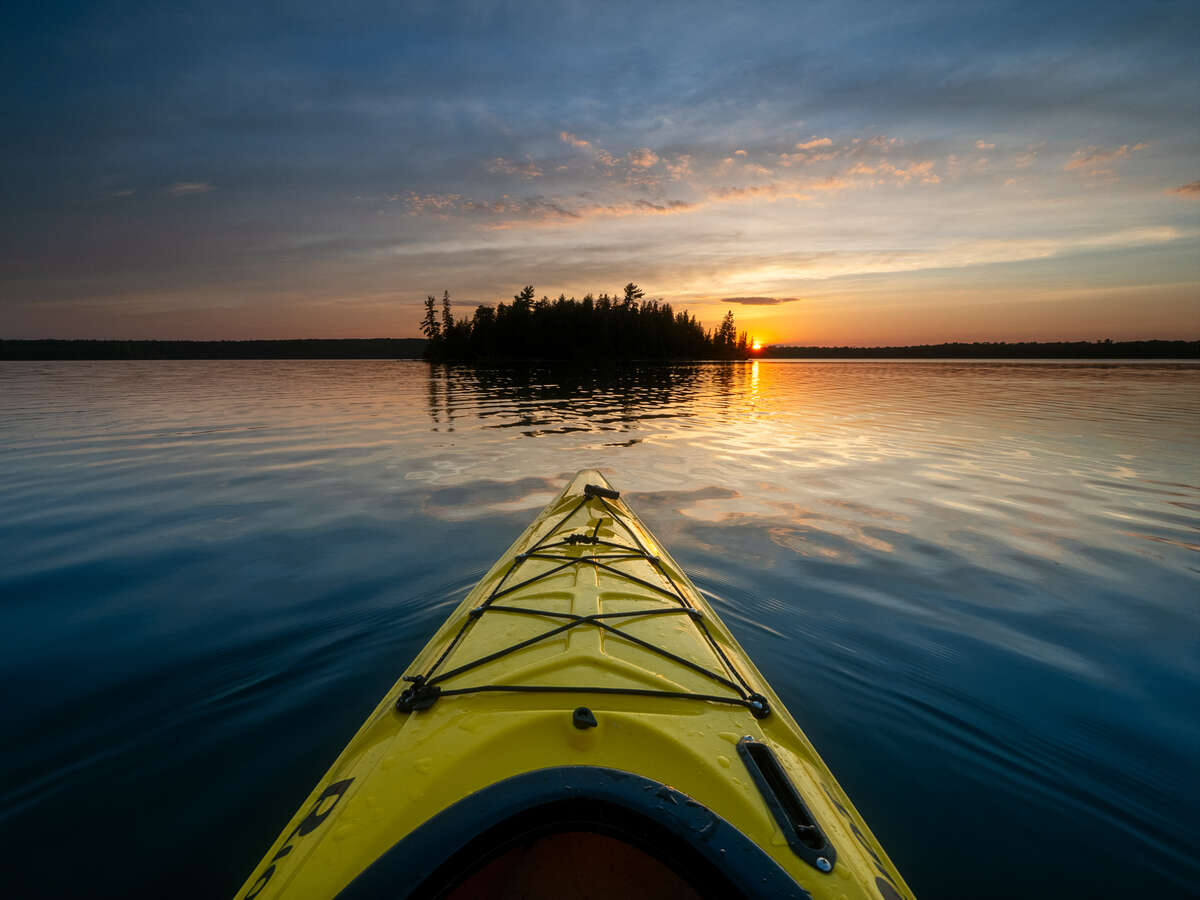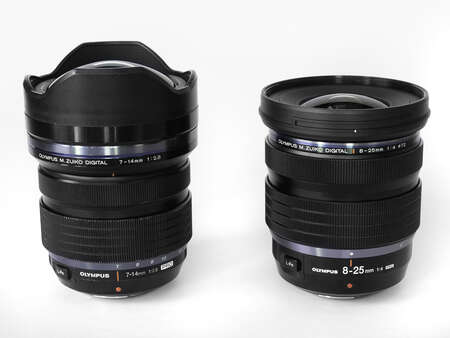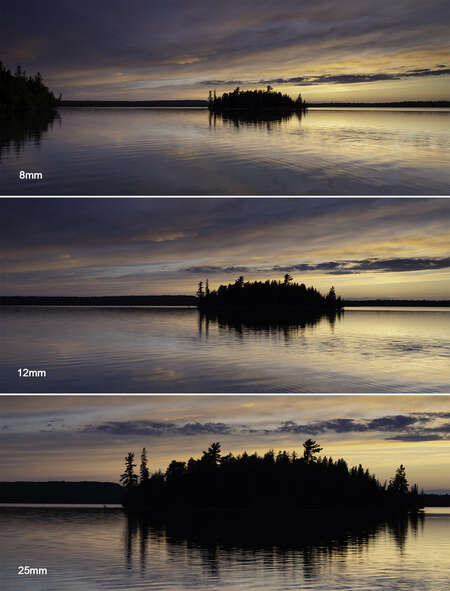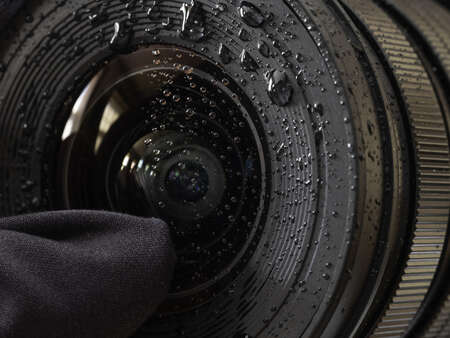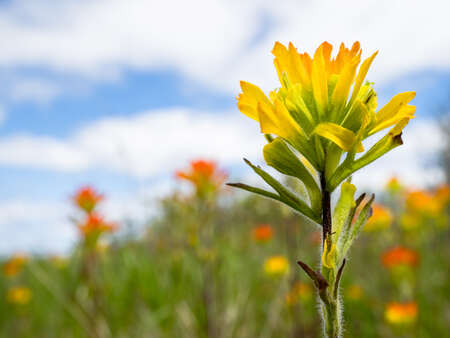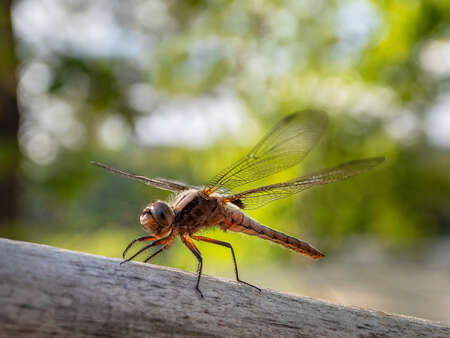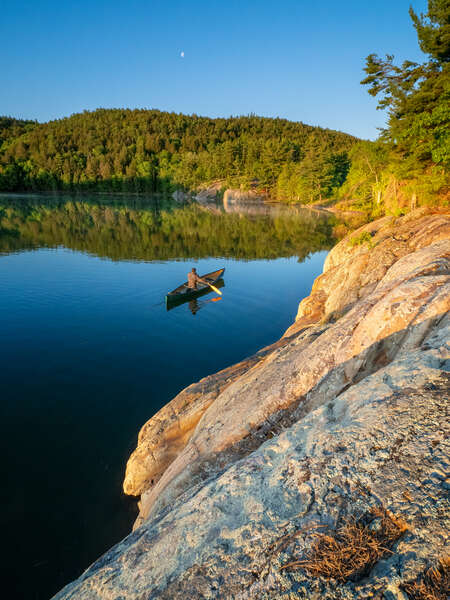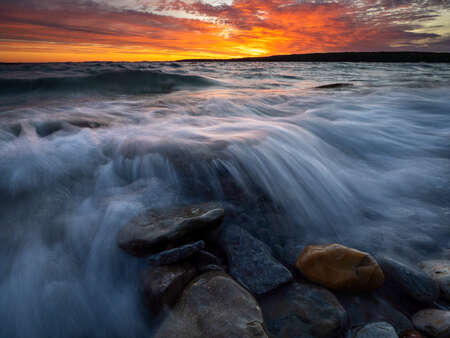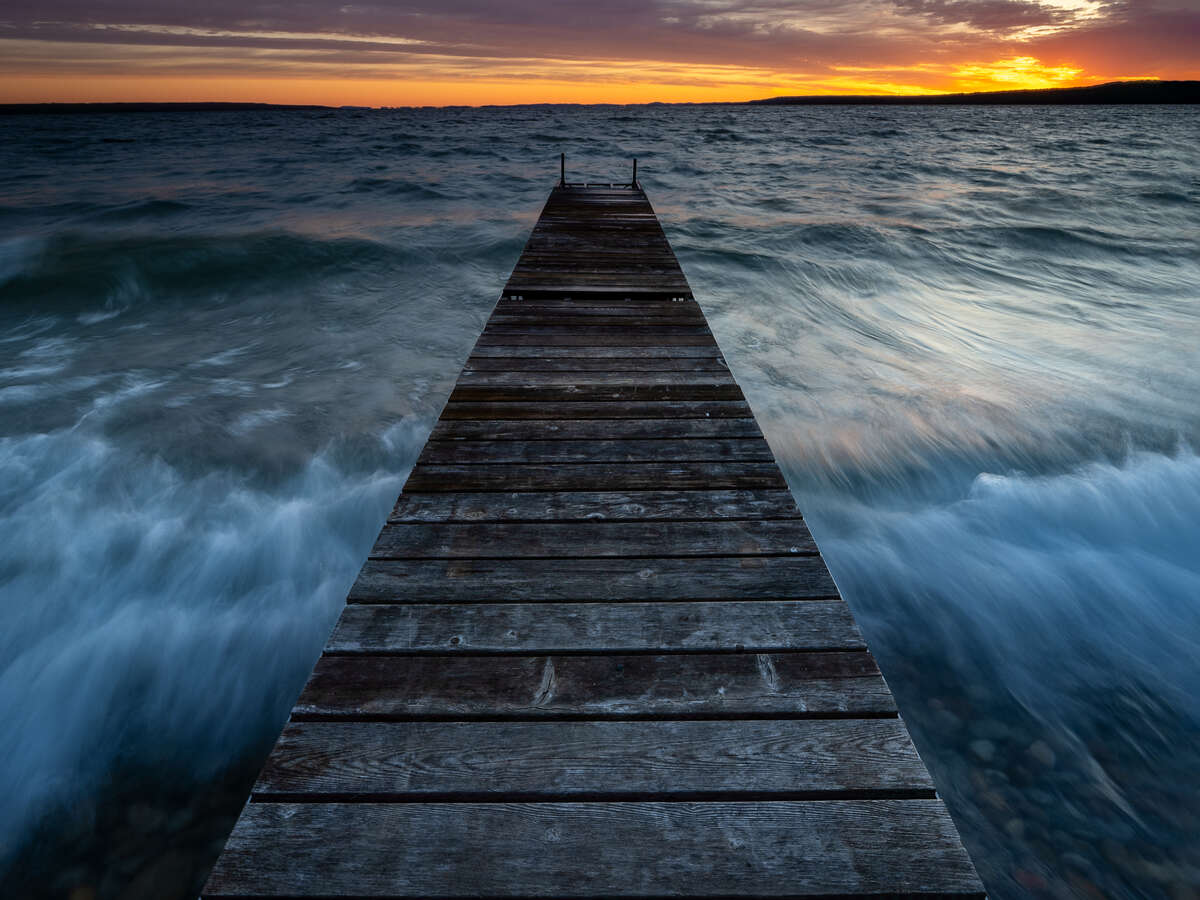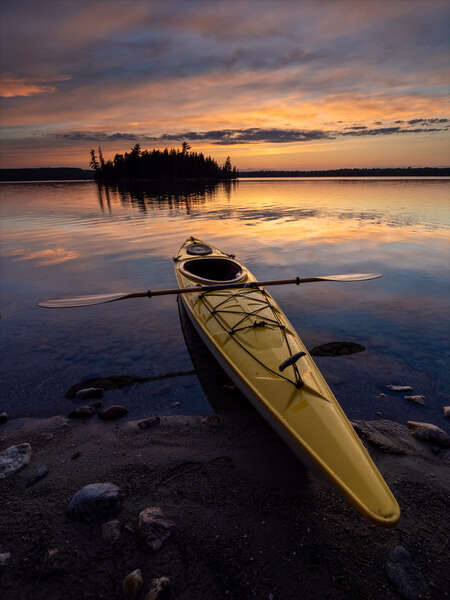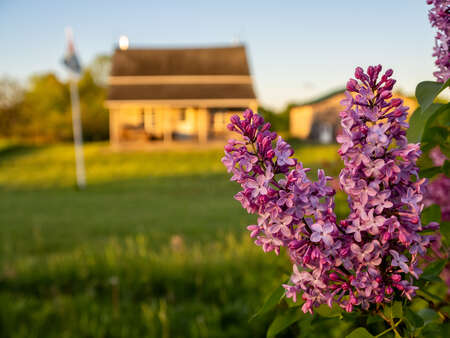I'm an extreme photographer.
Let me explain that statement before you get the wrong idea. When it comes to focal lengths, I like to work at the extremes - either ultra-wide, for my landscape shooting, or super telephoto for wildlife. Recently, Olympus released two amazing long lenses, so the telephoto range is nicely covered with a number of options. That wasn't the case when it came to ultra-wide choices. The release of the M.Zuiko 8-25mm F4.0 PRO changes that.
Up to now, if you wanted to capture 'the big picture' you had two lenses to choose from, the M.Zuiko 7-14mm F2.8 PRO or the 8mm F1.8 Fisheye PRO. Both of these lenses are in my kit and have served me well. The release of the new 8-25mm F4.0 PRO now adds another ultra-wide option that I’m very excited about.
An Introduction
Before I talk about performance, let's have a look at some of the basic specs. The M.Zuiko 8-25mm F4 PRO covers the equivalent of 16 to 50mm - from ultra-wide to standard, covering a 107° to 47° field of view. It has a high-speed imager auto focus system with 16 elements in 10 groups and has a minimum focusing distance of 0.23m at all focal lengths. The manual focus clutch allows for quick access to manual focusing and the lens has a constant F4 maximum aperture. The lens accepts 72mm filters just like several of the other popular M.Zuiko lenses.
This is the first PRO lens to include a retracting mechanism that locks the lens into a more compact size. It's a feature that has taken a bit of getting used to for me, but really does make the lens more packable. As for dimensions, it is 77 x 88.5mm and comes in at 411g.
Impressions
It didn't take long for this lens to grow on me. In the hand it has the same rugged feel and build quality that the Olympus PRO line-up is known for. Image quality is excellent. During the time that I've been shooting with the 8-25mm F4.0 PRO I have been very impressed with the corner-to-corner sharpness of the lens, especially when shooting at 8mm. As Olympus states in their press release, with the use of Super ED, ED and EDA lenses, "various types of aberrations are thoroughly suppressed, including chromatic aberration, resulting in high-resolution sharp depiction across the entire zoom range." In the field (or forest, lakeshore, or hiking trails) I have definitely found this to be the case.
The auto-focus system is fast and accurate, which I expected it to be. I was pleased to see the return of the manual focus clutch in this lens. When the M.Zuiko 12-45mm F4.0 PRO was released without the clutch I was afraid that it might be gone in all future lenses as well. I don't use manual focusing all that much in my landscape shooting, but when I do, you can't beat this method of engaging it.
As mentioned already, the one new thing in this lens is how the barrel retracts and locks into place. Unlocking it simply requires a slight counter-clockwise turn of the zoom ring. This extends the lens and enables it for shooting. The length of the lens then goes from 88.5mm to approximately 115mm. When locked, a message is displayed, "The lens is locked. Please extend the lens." It's a bit jarring to see any error message pop up on your camera, but it quickly becomes second nature to simply unlock the lens when you pull the camera out of your bag.
7 or 8?
When a new lens arrives on the scene it's natural to want to compare it to those that have come before. The big question for many Olympus shooters will be, "how does it stack up against the M.Zuiko 7-14mm F2.8 PRO?" Having been a long-time user of the 7-14mm, it was definitely my first question.
In terms of physical appearance, the biggest difference between the two is the front lens element and lens hood. On the 7-14mm the front element is extremely large and the lens has a built-in lens hood. The front element on the 8-25mm is surprisingly small by comparison and the lens hood, which is included in the box, is your typical bayonet mount. There isn't a huge difference in size between the two lenses, but there is a noticeable difference in weight. The 7-14mm comes in at 534g, which is 123g heavier than the new 8-25mm lens.
One of the biggest challenges in using the 7-14mm has been attaching filters. I regularly use ND, GND and polarizing filters for my landscape shooting. With the built-in lens hood and lack of standard filter threads, a special adapter was required in order to attach any filters. Those adapters are no longer needed with the 8-25. The lens accepts 72mm filters, which is the same size used on the M.Zuiko 12-100mm F4.0 IS PRO, the 40-150mm F2.8 PRO, and the 100-400mm 5.0-6.3 IS. I use a 100mm square filter system that can accept up to three filters. I was pleased to see that even when shooting at 8mm there was absolutely no vignetting with the filter assembly attached.
What excited me most about this new lens was the zoom range. The 7-14mm has an angle of view from 114° to 75°, while the 8-25mm goes from 107° to 47°. Although I lose a tiny bit on the ultra-wide end of things, I gain a great deal more flexibility in what's available toward the standard field of view. There have been many times in the past where I have had to switch from the 7-14mm to the 12-100mm or other lens because I wasn't quite getting the zoom range I wanted. This can be a bit frustrating when the light is changing rapidly at the end of the day, and even more so if you also have to move your filters onto another lens.
I like shooting ultra-wide because I can include a lot more foreground in my landscape images. Do I miss the extra angle of view in the 7-14mm? At times, yes. But with a slight change in camera position I've been very pleased with the compositions I've been able to make. And the fact that I've been able to zoom in a bit tighter with the 8-25mm, more than makes up for the slight loss at the ultra-wide end.
Olympus recently develop a new fluorine coating for their front lens element which makes cleaning in rain, snow or dusty conditions extremely easy. Living on an island, I regularly shoot around water, and sometimes during very rough conditions. Although all of the PRO lenses have excellent weather sealing, getting water off the front lens can be a real challenge. There have been numerous times where water has splashed on the 7-14mm and it took some real effort to clean and dry the front element. That is not the case with the new 8-25mm lens. A quick wipe of the lens and any trace of water is gone.
Up Close and Personal
One feature that I have been impressed with in all of the PRO lenses is the close focusing distance. The 8-25mm has a minimum focusing distance of 23cm throughout the zoom range. The lens also supports focus stacking and bracketing, a feature that I use for both macro-style and landscape shooting.
Final Thoughts
The real question for me when a new lens comes out is, how often will I actually use it? Since I am primarily a landscape shooter, the answer for the new M.Zuiko 8-25mm F4.0 PRO is, almost every time. It is light, rugged, compact, has an excellent focal range and produces nice, sharp images. At a constant f/4 it is definitely bright enough for almost any landscape shooting scenario. Add to it the ease of attaching filters and the new fluorine coating on the front element, and the 8-25mm checks off all the important boxes I need.
ABOUT PETER
Web: creativeislandphoto.com
Blog: creativeislandphoto.com/blog
Twitter: @creativeisland4
Peter has been a dedicated Olympus shooter for nearly 40 years, and has found a way to combine his passion for photography with his love of teaching to develop photography workshops with a focus on landscape, wildlife and astrophotography. Peter’s work has been published in a number of magazines including Canadian Geographic, Shutterbug and Outdoor Photographer. He maintains his own blog with an emphasis on tutorials that assist others in bringing their photography up to the next level.
